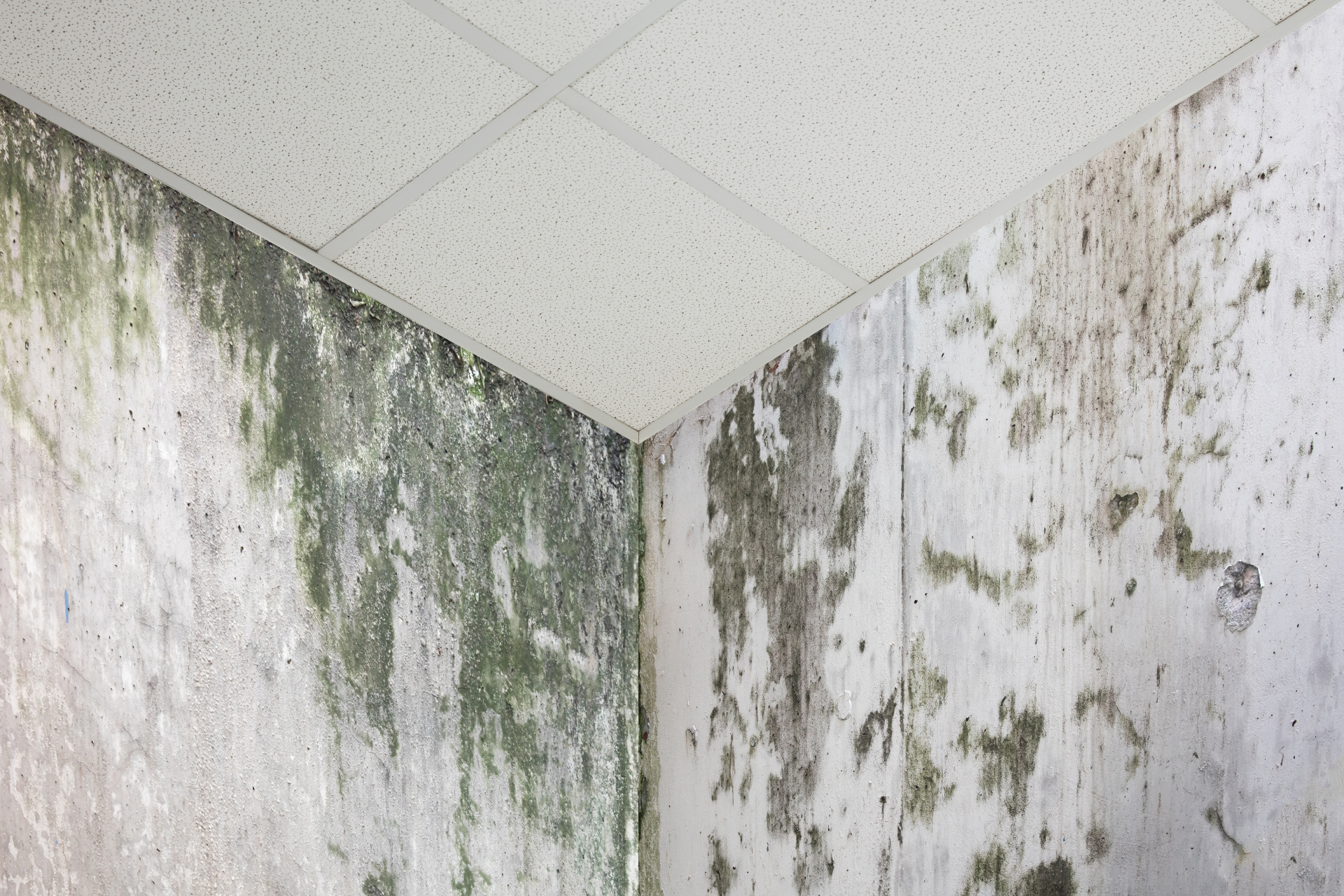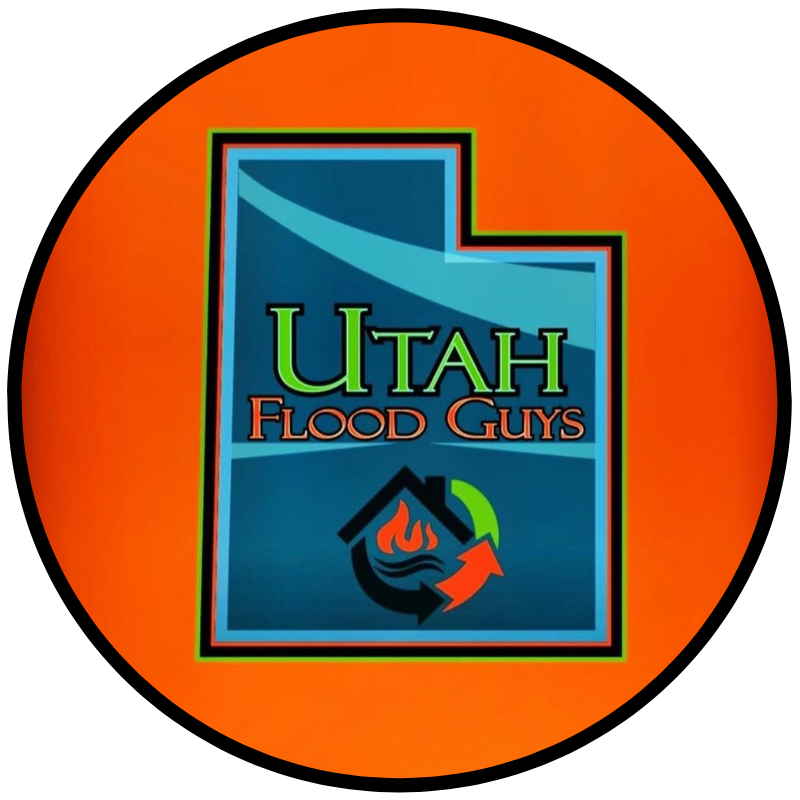Preventing Water Damage: Home Maintenance Tips

Water damage can be a homeowner's worst nightmare, causing structural issues, mold growth, and potential health hazards. The good news is that there are simple steps you can take to prevent water damage in your home. By implementing a few key maintenance tips, you can save yourself the headache of dealing with costly repairs and cleanup. In this blog post, Utah Flood Guys will share some valuable advice on how to protect your home from water damage.
1. Regularly Inspect Your Roof
Your roof is your home's first line of defense against water intrusion. Over time, wear and tear can compromise the integrity of your roof, leading to leaks and water damage. To prevent this, make it a habit to inspect your roof regularly. Look for missing or damaged shingles, signs of water stains on your ceiling, and any areas where water could potentially seep in. If you notice any issues, take prompt action to repair them before they escalate.
2. Keep Gutters and Downspouts Clean
Clogged gutters and downspouts can cause water to overflow and seep into your home's foundation, resulting in water damage and potential flooding. To prevent this, make sure to clean your gutters regularly, especially during the fall when leaves are falling. Additionally, ensure that downspouts are directing water away from your home's foundation. Consider installing gutter guards to prevent debris buildup and make maintenance easier.
3. Maintain Your Plumbing System
Leaking pipes and fixtures can cause significant water damage if left unchecked. Inspect your plumbing system for any signs of leaks, such as water stains, mold growth, or musty odors. Fix any leaks promptly and consider replacing old or corroded pipes to prevent future issues. In cold weather, ensure that your pipes are properly insulated to prevent freezing and potential bursts.
4. Monitor Your Water Bill
A sudden increase in your water bill could be a sign of a hidden water leak in your home. Keep an eye on your water usage and bills to detect any unexplained spikes. If you notice a significant increase, investigate the issue promptly to prevent further damage and water wastage.
5. Maintain Proper Drainage Around Your Home
Proper drainage is essential to prevent water from pooling around your home's foundation. Ensure that the slope of your yard directs water away from the house and consider installing a french drain or a sump pump if needed. Keep an eye on landscaping and avoid planting trees or shrubs too close to your home's foundation, as their roots can damage pipes and cause water seepage.
6. Be Mindful of Appliances and Fixtures
Appliances like washing machines, dishwashers, and water heaters can be sources of water damage if not properly maintained. Check hoses and connections for signs of wear and replace them as needed. Regularly inspect around these appliances for any signs of leaks or moisture buildup.
By following these home maintenance tips, you can significantly reduce the risk of water damage in your home. However, if water damage does occur despite your best efforts, Utah Flood Guys is here to help. Our experienced team specializes in water damage restoration, mold removal, and fire damage cleanup for residential and commercial properties in Utah. Contact us for fast and reliable disaster cleanup services to restore your home to its pre-damage condition.
Remember, prevention is key when it comes to avoiding water damage. Stay proactive and protect your home from potential disasters with these simple maintenance tips. Your home will thank you for it!
You might also like
Utah Flood Guys Blog



